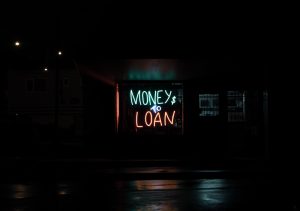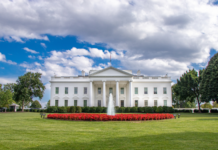If you’ve been on the fence about applying for a Paycheck Protection Program (PPP) loan, now may be the best time to make a decision as the the Biden-Harris administration is announcing several reforms to the loan program to target the smallest businesses and those that have been left behind in previous relief efforts.
According to the U.S. Small Business Administration (SBA), 98 percent of small businesses have fewer than 20 employees, yet these firms receive just 45 percent of PPP funding and represent roughly 90 percent of the firms that have received PPP support so far this year.
In an effort to level the playing field, starting today and continuing for a period of fourteen days through March 9, only businesses with fewer than 20 employees can apply for relief through the PPP Program.
According to the White House, “98 percent of small businesses have fewer than 20 employees. They are Main Street businesses that anchor our neighborhoods and help families build wealth. And while the Biden-Harris administration has directed significantly more relief to these smallest businesses in this round of PPP than in the prior round, these businesses often struggle more than larger businesses to collect the necessary paperwork and secure relief from a lender. The 14-day exclusive application period will allow lenders to focus on serving these smallest businesses. The Biden-Harris administration will also make a sustained effort to work with lenders and small business owners to ensure small businesses take maximum advantage of this two-week window.”
In addition, the new changes also aim to help sole proprietors, independent contractors, and self-employed individuals receive more financial support. In previous rounds of PPP loans, many of these businesses were structurally excluded from the PPP or were approved for as little as $1 because of how the loans are calculated. To address this problem, the loan calculation formula for these applicants is being revised so that it offers more relief, and $1 billion is being set aside for businesses in this category without employees located in low- and moderate-income (LMI) areas.
According to the SBA, those without employees must calculate eligibility based on the IRS 1040 Schedule C entry for “net profit,” which deducts items such as depreciation, healthcare costs, rent, and utilities. This calculation often limits the amount of relief sole proprietors and independent contractors can receive, hurting many of the most underserved small businesses. To address this problem, the SBA will revise the loan calculation formula so that new Schedule C filers will be able to calculate their PPP loan amount using the gross income line on their Schedule C form.
In addition to these changes, other reforms include:
- Eliminate an exclusionary restriction that prevents small business owners with prior non-fraud felony convictions from obtaining relief through the PPP.
- Eliminate an exclusionary restriction that prevents small business owners who are delinquent on their federal student loans from obtaining relief through the PPP.
- Ensure access for non-citizen small business owners who are lawful U.S. residents by clarifying that they may use Individual Taxpayer Identification Numbers (ITINs) to apply for relief.










